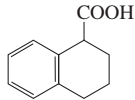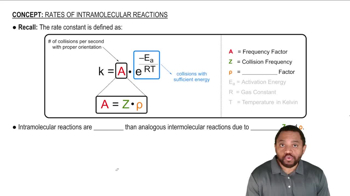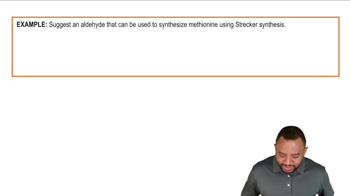For each reaction, show the generation of the electrophile and predict the products.
c. tert-butylbenzene + 2-methylpropene + HF

 Verified step by step guidance
Verified step by step guidance Verified video answer for a similar problem:
Verified video answer for a similar problem:



 6:30m
6:30mMaster Friedel-Crafts Alkylation with a bite sized video explanation from Johnny
Start learning